Rhinoplasty
The size and shape of our nose is something everyone is born with. Its natural formation is always determined by genetics, but in cases when individuals are dissatisfied with the way their nose looks, there are treatment options to consider.
A rhinoplasty – also referred to as a nose job – is a procedure which improves the appearance and proportion of your nose, consequently enhancing facial harmony and the patient’s self-confidence. Whilst this is typically viewed as elective surgery, there are instances when this procedure is used to correct impaired breathing caused by structural abnormalities in the nose.
Whatever your reasons for considering it, we encourage you to book a consultation and let us help you decide whether this procedure is right for you.
Due to the nature of the procedure, a consultation is required for personalised quotes
Proven Success
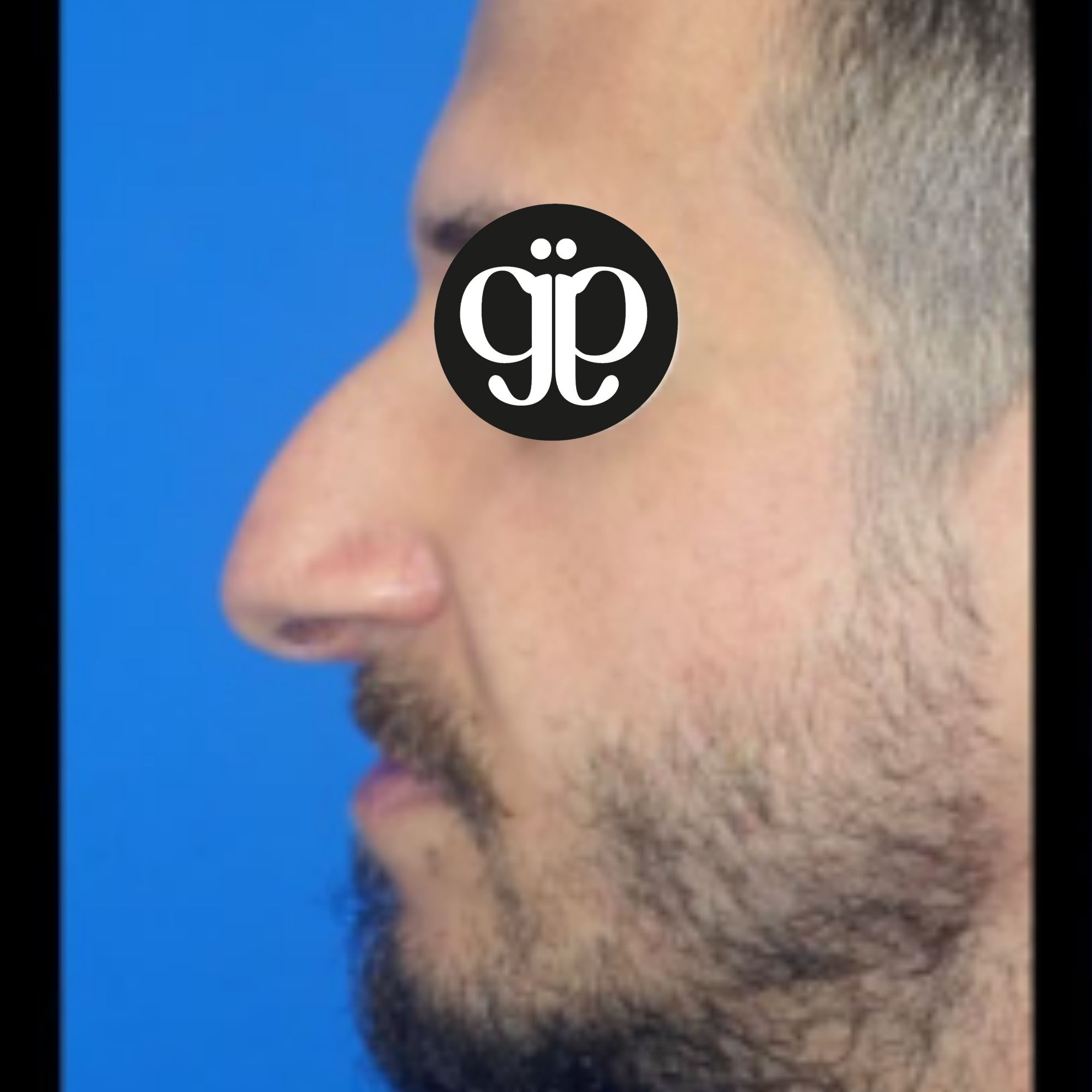
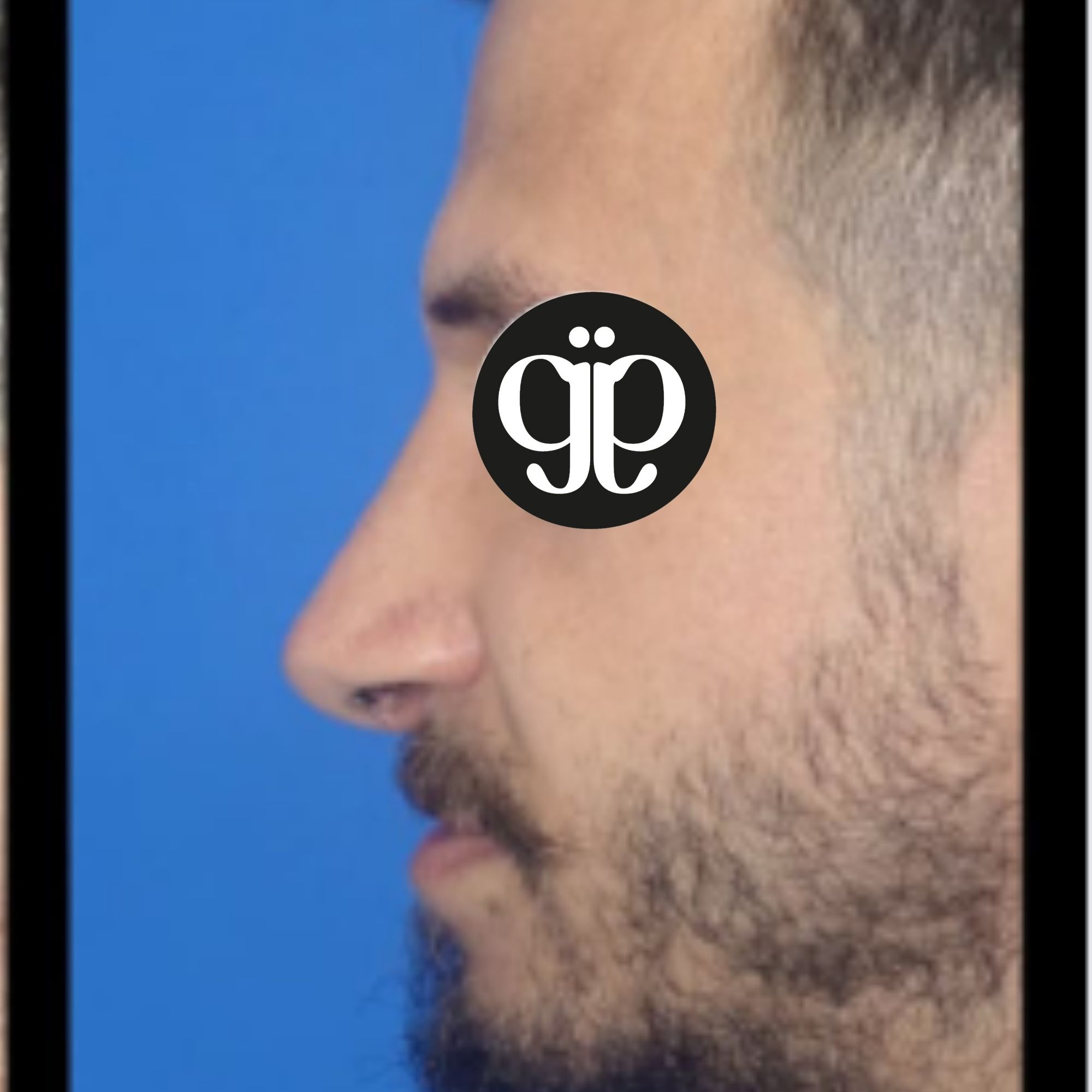

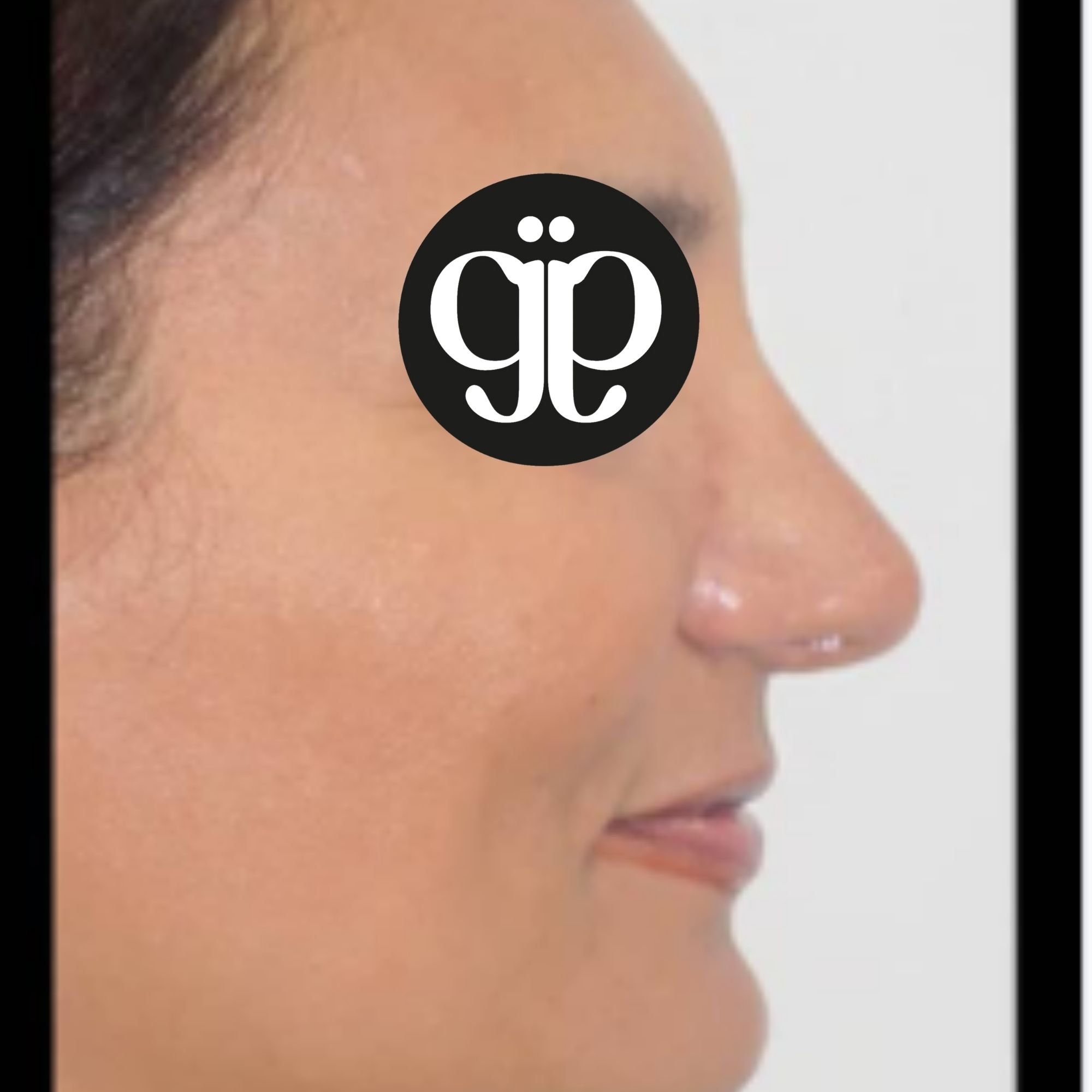
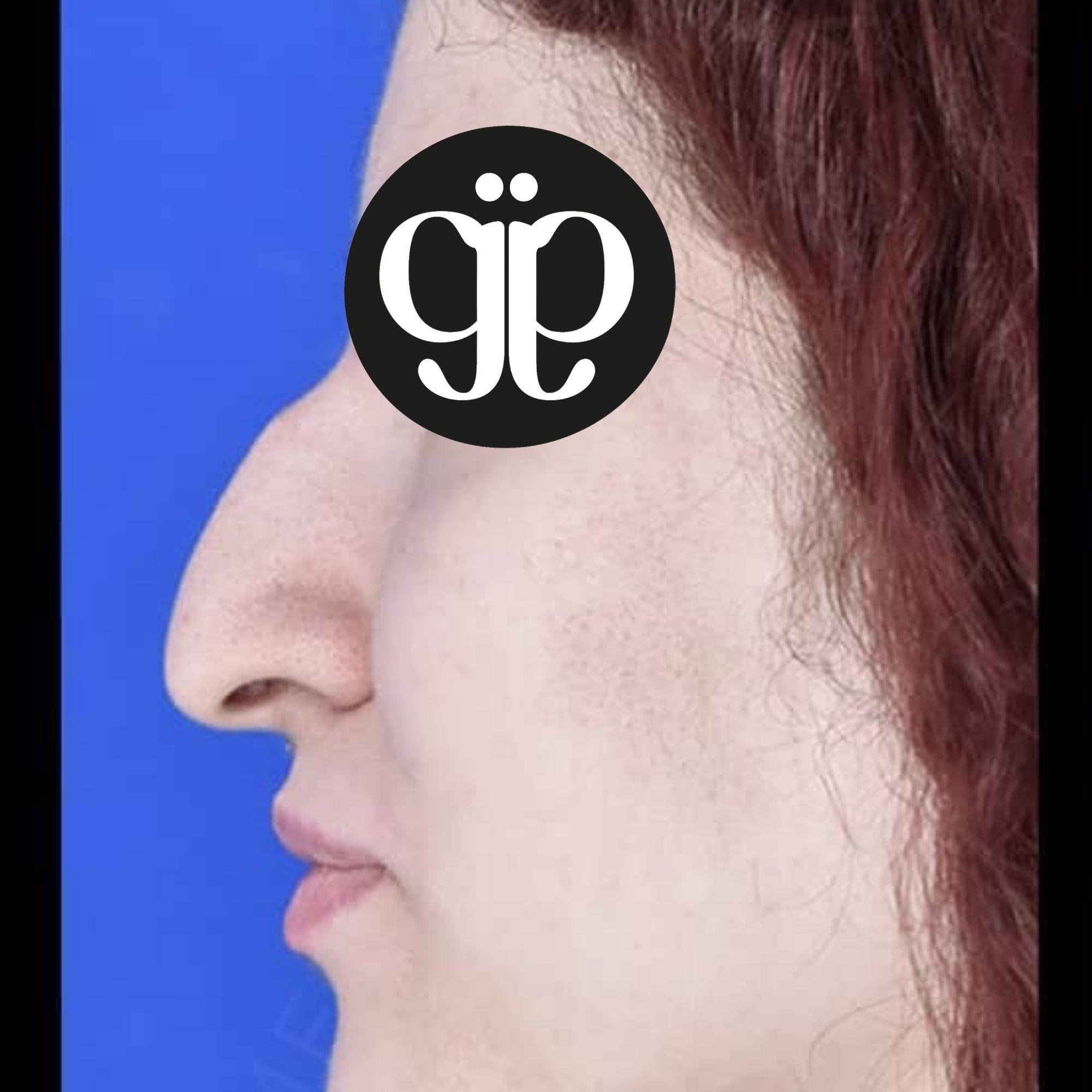
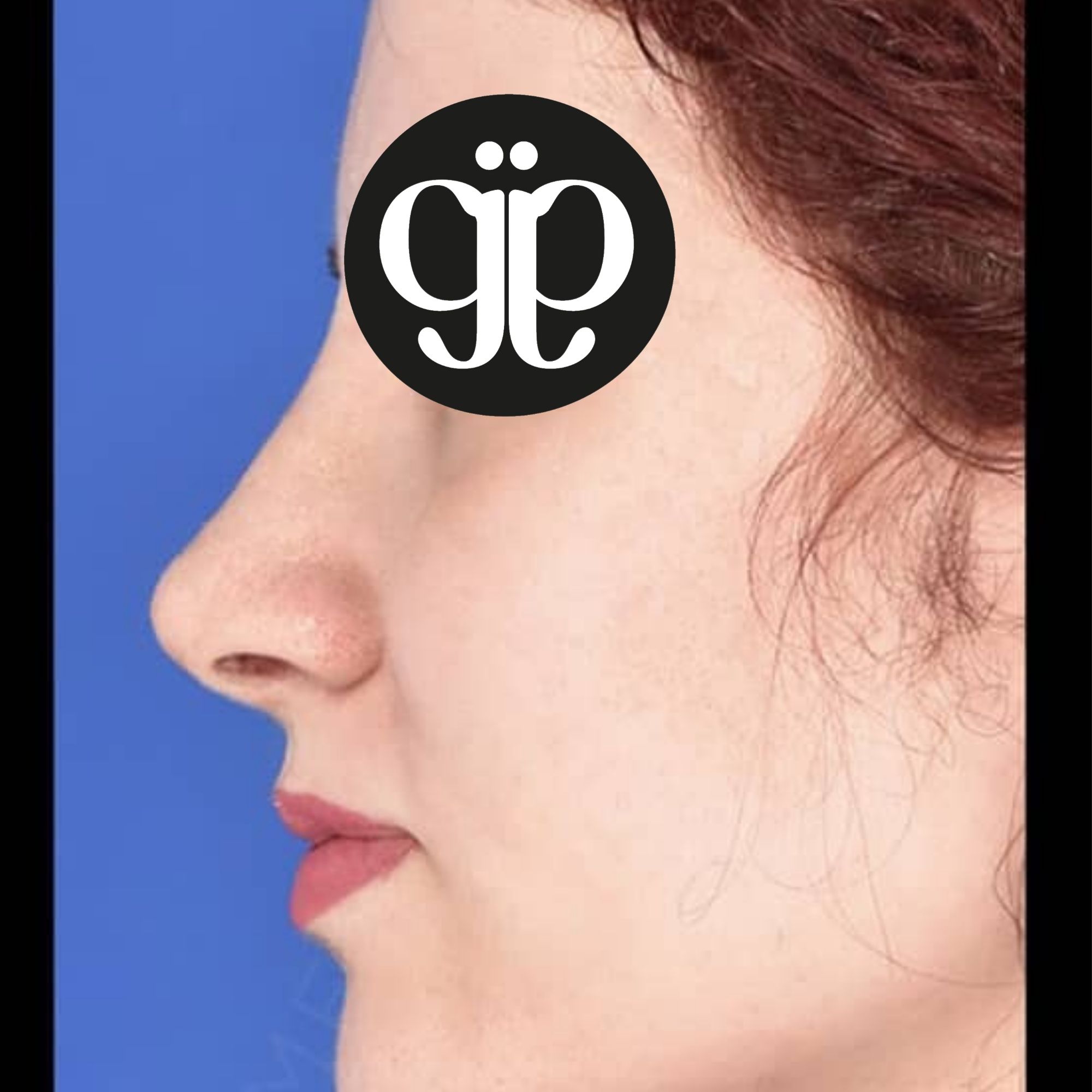
Add Your Heading Text Here
Lorem ipsum dolor sit amet, consectetur adipiscing elit. Ut elit tellus, luctus nec ullamcorper mattis, pulvinar dapibus leo.
Typical Uses
Rhinoplasty can be useful for:
- Changing nose size and width
- removing visible humps or depressions on the nose bridge
- changing the nasal tip
- Adjusting the nostril size
- fixing nasal asymmetry
Whilst nose surgery has a variety of advantages, this is a highly individualised procedure and you should only do it for yourself, not to fulfil someone else’s desires or to try to fit any sort of ideal image.
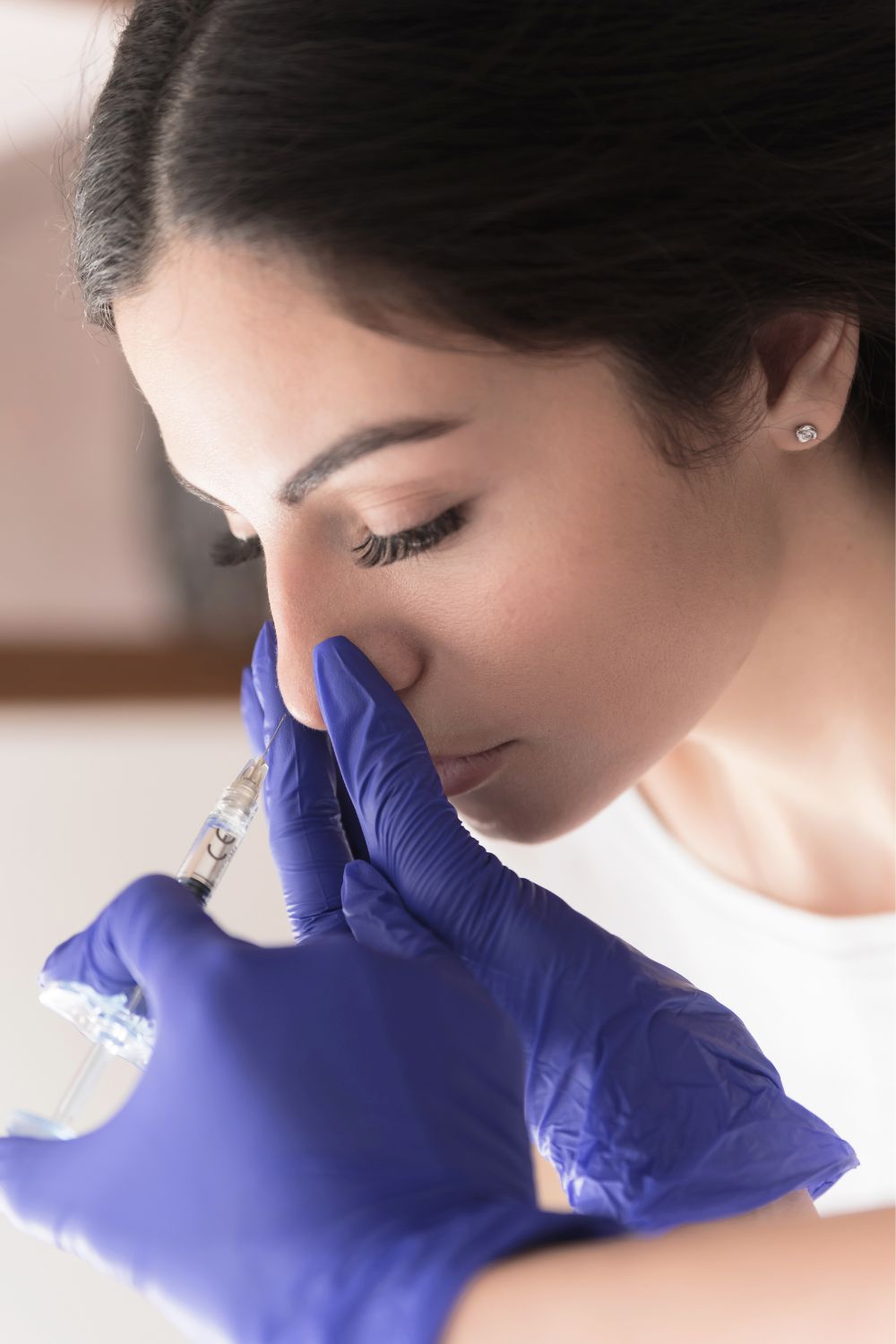
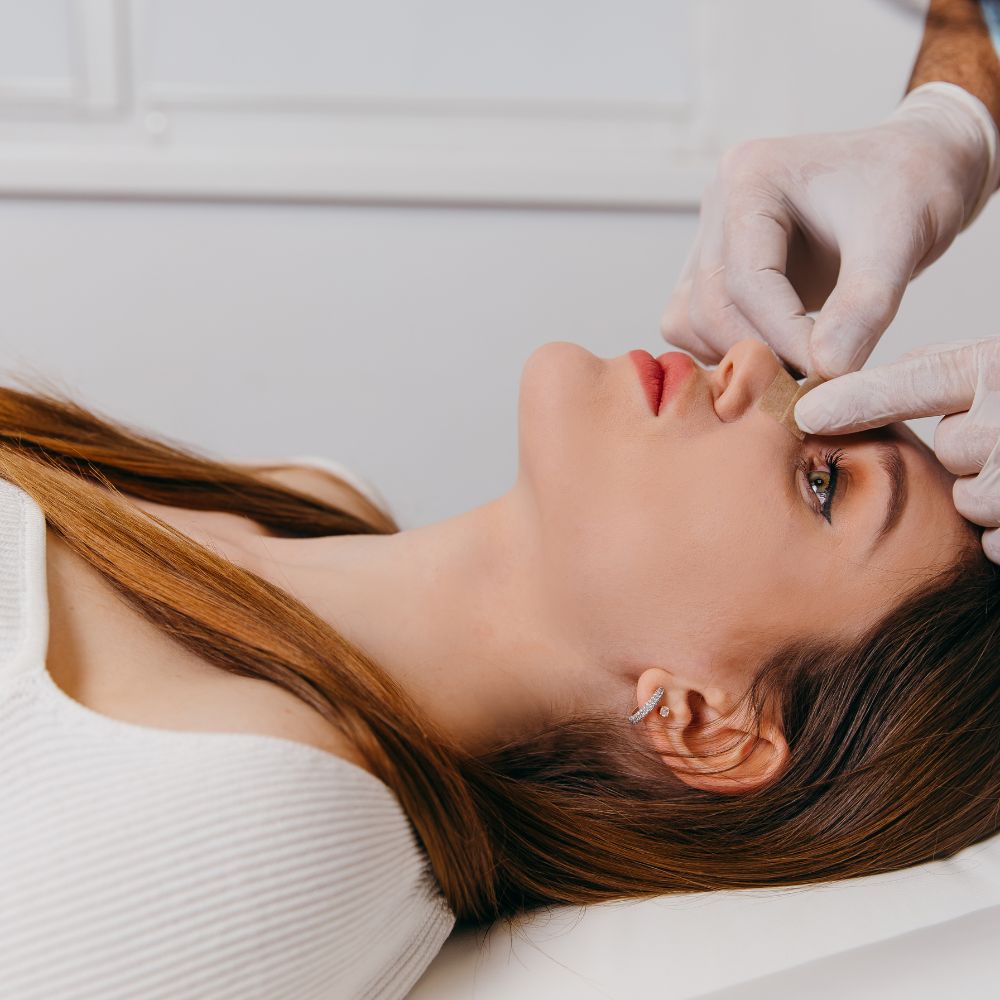


What It Entails
When getting a rhinoplasty, general anesthesia is administered to ensure your comfort throughout the procedure. Next, incisions are made using a closed procedure (where incisions are hidden inside the nose) or an open procedure (where an incision is made across the columella).
Following this, the nasal structure is diminished or augmented according to your particular needs. In some cases, we use an ultrasound device in order to soften the nasal bone whilst preserving its fragility. This allows us to refine the final result with less downtime and invasiveness. To augment the nasal structure, cartilage is grafted from other areas of the body, typically from the septum, the ear, or more rarely a section of rib cartilage. When the nasal structure has been suitably sculpted, the skin and tissue is closed up again, whilst splints and internal tubes are used to support the nose as it heals.
How It Works
1.During the consultation
If you are interested in getting a rhinoplasty, you should start by booking a consultation with our plastic surgeon. During the consultation, you will be able to express what you are hoping to gain from nose surgery and, after reviewing your medical history, our doctor will be able to determine whether you are eligible to undergo this type of procedure. If you are a viable candidate, our doctor will outline the best course of treatment to ensure that you achieve optimal results.
2.During the procedure
During the surgical procedure, a general anaesthetic is administered to ensure your comfort throughout. Once the anaesthesia has taken effect, our plastic surgeon will start by making the required incisions using either a closed procedure (where incisions are hidden inside the nose) or an open procedure (where an incision is made across the columella). Following this, our expert plastic surgeon will proceed to make the required adjustments to the nose structure. When needed, the deviated septum is straightened and the projections inside the nose are reduced to improve breathing.
3.After the treatment
Post-surgery, splints will likely support the nose for approximately one week as it heals. Whilst initial swelling subsides within a few weeks, it may take up to a year for your new nasal contour to be fully refined. During this time, you may notice gradual changes in the appearance of your nose as it adjusts to a more permanent shape. It is common for swelling to come and go and worsen in the morning during the first year following nose surgery.
How It Works
If you are interested in getting a rhinoplasty, you should start by booking a consultation with our plastic surgeon. During the consultation, you will be able to express what you are hoping to gain from nose surgery and, after reviewing your medical history, our doctor will be able to determine whether you are eligible to undergo this type of procedure. If you are a viable candidate, our doctor will outline the best course of treatment to ensure that you achieve optimal results. Prior to the surgery, you may be asked to get a medical evaluation, take certain medications or adjust your current medications, refrain from smoking and avoid ingesting drugs that can increase bleeding.
During the surgical procedure, a general anaesthetic is administered to ensure your comfort throughout. Once the anaesthesia has taken effect, our plastic surgeon will start by making the required incisions using either a closed procedure (where incisions are hidden inside the nose) or an open procedure (where an incision is made across the columella). Following this, our expert plastic surgeon will proceed to make the required adjustments to the nose structure. When needed, the deviated septum is straightened and the projections inside the nose are reduced to improve breathing. Once the underlying structure of the nose is sculptured to the desired shape, the nasal skin and tissue are redraped and the incisions closed. The entire procedure typically takes from 1.5 to 3 hours, depending on the extent of the surgery.
Post-surgery, splints and internal tubes will likely support the nose for approximately one week as it heals. Whilst initial swelling subsides within a few weeks, it may take up to a year for your new nasal contour to be fully refined. During this time, you may notice gradual changes in the appearance of your nose as it adjusts to a more permanent shape. It is common for swelling to come and go and worsen in the morning during the first year following nose surgery.
Frequently Asked Questions
As with any procedure, side effects may occur, and the risks and potential complications will be discussed in detail during the initial consultation. Possible risks may include:
- Rupture of small surface vessels of the nose
- infection
- Poor wound healing
- Anesthesia risks
- Bleeding (hematcma)
- Nose asymmetry
- Cardiac and pulmonary complications can occur in longer surgical procedures and may be associated with the formation of blood clots in the venous system
- Change in skin sensation (numbness)
- Nasal airway alterations may occur after a rhinoplasty or septoplasty that may interfere with normal passage of air through the nose.
- Nasal septal perforation (a hole in the nasal septum) may develop but is rare; additional surgical treatment may be necessary to repair the nasal septum but in some cases, it may be impossible to correct this complication
- Pain, which may persist
- Unfavourable scarring
- Skin contour irregularities
- Skin discolouration and swelling
- Sutures may spontaneously surface through the skin, become visible or produce irritation that require removal
- Possibility of revisional surgery
Nose Surgery is a good option for you if:
- Your facial growth is complete and you are 18 years of age or older.
- You are physically healthy
- You are a non-smoker
- You have specific but realistic goals in mind for the improvement of your appearance.
Use this checklist as a guide during your consultation:
- Am I a good candidate for this procedure?
- What will be expected of me to get the best results?
- Where and how will you perform my procedure?
- What surgical technique is recommended for me?
- How long of a recovery period can I expect and what kind of help will I need during my recovery?
- What are the risks and complications associated with my procedure?
- How are complications handled?
- How can I expect my nose to look over time?
- What are my options if I am dissatisfied with the cosmetic outcome of my rhinoplasty?
- Do you have before-and-after photos I can look at for this procedure and what results are reasonable for me?

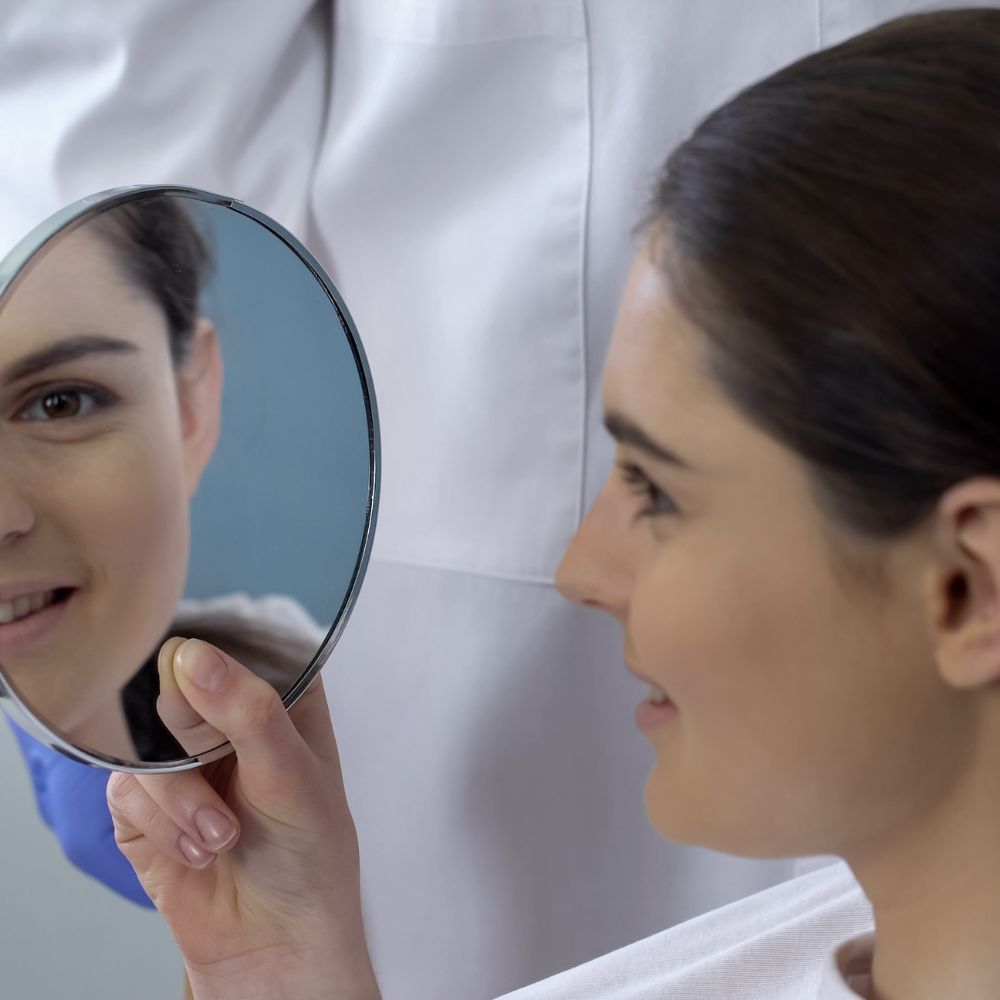
Follow-Up Procedures
You will need to attend followed-up appointments for the first 12 months after surgery until the final expected results are achieved.

